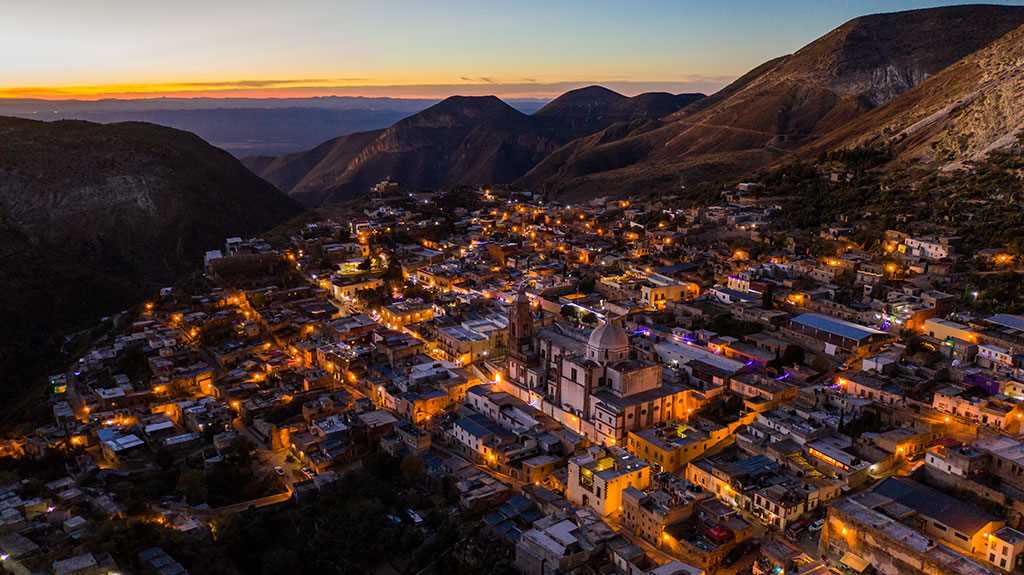Power of Crafting Tourist Hotspots with Cinematic Magic
Cinema wields a significant influence on local tourism. Research reveals that film productions can boost tourism, but often due to the movies' representations rather than authentic culture. While films have driven tourism, there's a need to balance cinematic allure with genuine cultural experiences.

When we think of cinema, images of action, romance, and drama might flood our minds. But there's another significant influence cinema wields, often away from the limelight: its impact on local tourism.
Cinema and Tourism
Ilia Alvarado Sizzo, an esteemed researcher at the Institute of Geography of UNAM, has delved deep into this connection. Through her studies, she discovered that film productions can markedly boost tourism in particular regions. However, this comes with an intriguing twist. Visitors are frequently attracted to these sites more due to the emblematic representations in movies than the authentic local culture.
Indeed, the powerful visuals of cinema, combined with photographs, social media portrayals, and other forms of media, have a profound effect on our wanderlust. Mexican territory, with its breathtaking landscapes and rich cultural tapestry, has long served as a favorite for both local and foreign filmmakers. These film representations shape the perception of Mexico as a desirable tourist hotspot.




